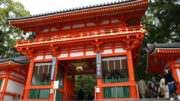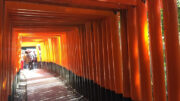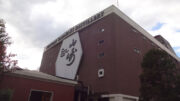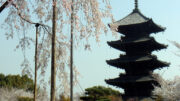A visit to Kyoto is incomplete without exploring the enchanting Gion district, a historic entertainment area nestled along Shinjo Avenue, between the Kamo River’s east side and Yasaka Shrine. Renowned for its traditional charm, Gion is a maze of narrow streets lined with wooden machiya merchant houses, cozy restaurants, boutique shops, and ochaya teahouses where the celebrated geisha and their apprentices, known as maiko, offer an authentic taste of Japanese culture.
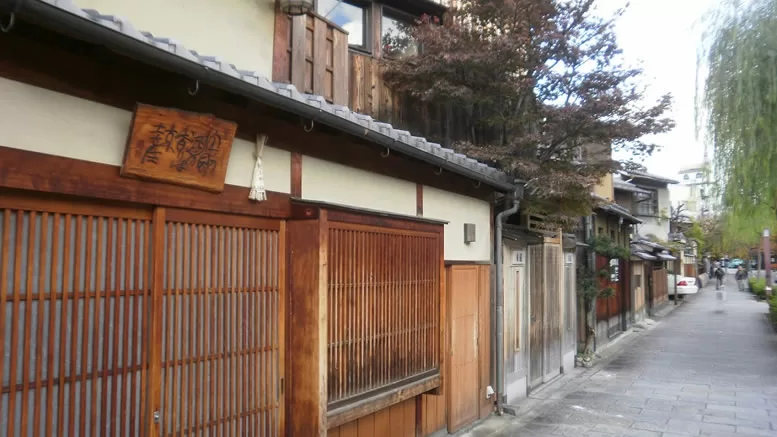
Gion’s allure lies in its well-preserved heritage, which has been carefully maintained as a national historical preservation district. Many of its streets have been restored to reflect their traditional appearance, and even the power lines are hidden underground to enhance the area’s historical ambiance. The district is particularly picturesque during the cherry blossom season in spring when the streets are adorned with blooming sakura trees.
At the heart of Gion’s cultural experience are the ochaya teahouses, where geisha and maiko provide high-level traditional entertainment, contributing to the district’s old-world atmosphere. The area is also home to some of Kyoto’s finest dining establishments, including exclusive hostess bars and members-only venues. Kaiseki ryori, a traditional multi-course Japanese meal, is a highlight at many local restaurants, offering a series of meticulously prepared small dishes.
Visitors can often spot geisha and maiko as they go about their evening duties. It is important for tourists to respect these traditional performers, refraining from intrusive photography or aggressive behaviour. For those eager to engage with geisha and maiko, various hotels and tourist agencies offer the chance to experience their warm hospitality through organized, albeit costly, events featuring traditional food, drink, music, and dance. The best time to see geisha in their traditional attire is typically between 5:00 PM and 6:30 PM, as they head to their evening engagements.
Gion also hosts the renowned Gion Matsuri festival every July, just across the river from the district. This vibrant celebration attracts over a million visitors who come to witness a spectacular parade of festive floats, traditional music, and dance. During the festival, the streets around Gion are closed to traffic, creating a lively atmosphere with numerous food and drink vendors. Leading up to the main event, smaller festivals take place in the evenings, adding to the festive spirit.
Whether you’re exploring traditional tea houses, enjoying exquisite cuisine, or participating in vibrant festivals, Gion offers a rich tapestry of Kyoto’s cultural heritage and is a must-visit destination for anyone looking to immerse themselves in the city’s historic charm.
Nearby Attractions
Pontocho Alley: Located parallel to the Kamogawa River, Pontocho Alley is a narrow, lantern-lit street famous for its traditional wooden architecture and vibrant dining scene. It’s a great place to experience Kyoto’s nightlife and perhaps spot a geisha.
Nishiki Market: Known as “Kyoto’s Kitchen,” Nishiki Market is a bustling shopping street filled with food stalls, specialty shops, and restaurants. It’s a fantastic place to sample local delicacies and experience the lively market atmosphere.
Yasaka Shrine: Situated at the southern end of Gion, Yasaka Shrine is a significant Shinto shrine known for its vibrant red gates and lanterns. It is a focal point of the Gion Matsuri festival and offers a beautiful garden and peaceful atmosphere.
Kyoto National Museum: Located in the nearby Higashiyama district, the Kyoto National Museum houses an extensive collection of Japanese art and historical artifacts. It provides valuable insights into Kyoto’s rich cultural heritage.
Access Information
By Train: The Gion district is easily accessible via Gion-Shijo Station on the Keihan Main Line or Kawaramachi Station on the Hankyu Kyoto Line.
By Walk: It is also a pleasant 3-kilometre walk from JR Kyoto Station.

